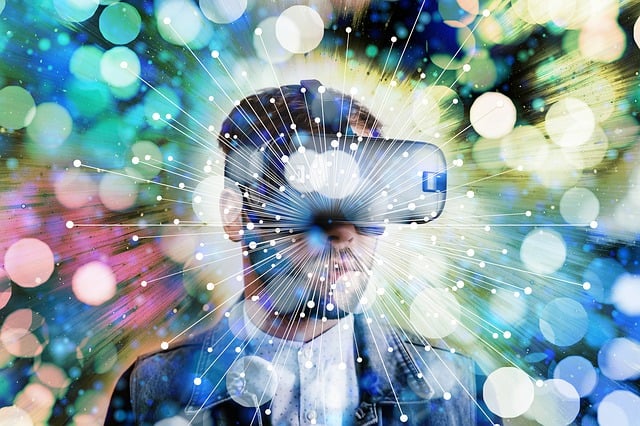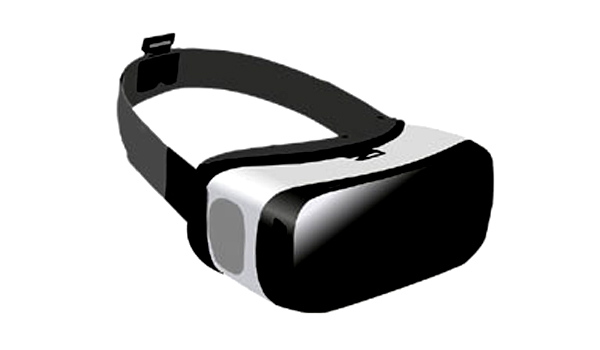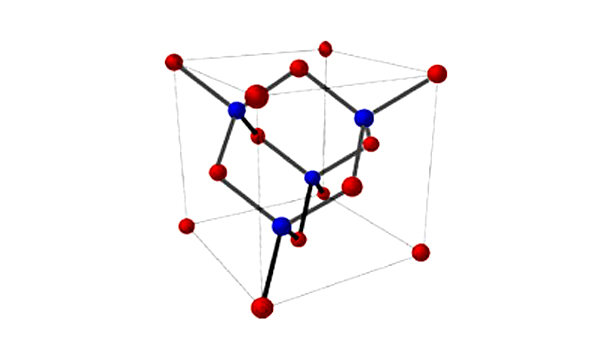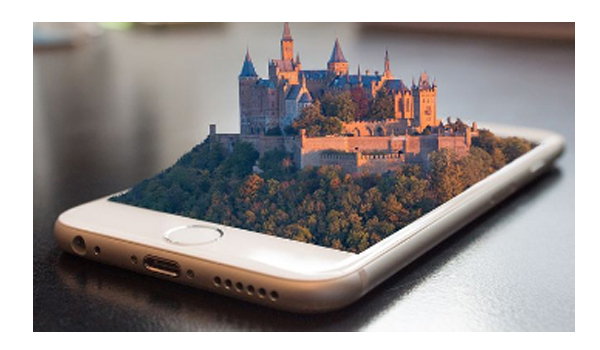AR Visualization
AR visualization is an evolving technology using which companies can provide end users with immersive virtual product experiences.
Updated: October 10, 2023

AR visualization is an evolving technology using which companies can provide end users with immersive virtual product experiences. The manipulation of 3D rendered objects to be experienced virtually in the environment of a user is refer as Augmented reality (AR) visualization.
The perception of a user of their real-world environment is combined with visuals that appear to take up space in that environment in AR. Users are allowed to interact with 3D models to fully conceptualize what a product might look like and how it might behave in the real world by this.
AR visualization software is used by product engineers and designers to upload and edit 3D models of their products and curate the best virtual user experience possible. Designers often can scan real-world products to upload a readymade 3D model of it into their AR development environment.
Marker-based visualization, Markerless visualization, Projection-based visualization and Superimposed visualization are four main kinds of AR visualization. Object or environment detection, Integration with a viewing device and Scaling are basic elements of AR visualization
Remote product demos, Efficiency and Marketing are benefits of AR visualization. Immersive marketing information and visuals can be displayed by using AR visualization when potential customers browse through products. Teams can save time and can get their AR solutions up and running more quickly as they are allowed to import existing 3D models or scan real-world objects to create already made models of those objects by using AR visualization tools.




